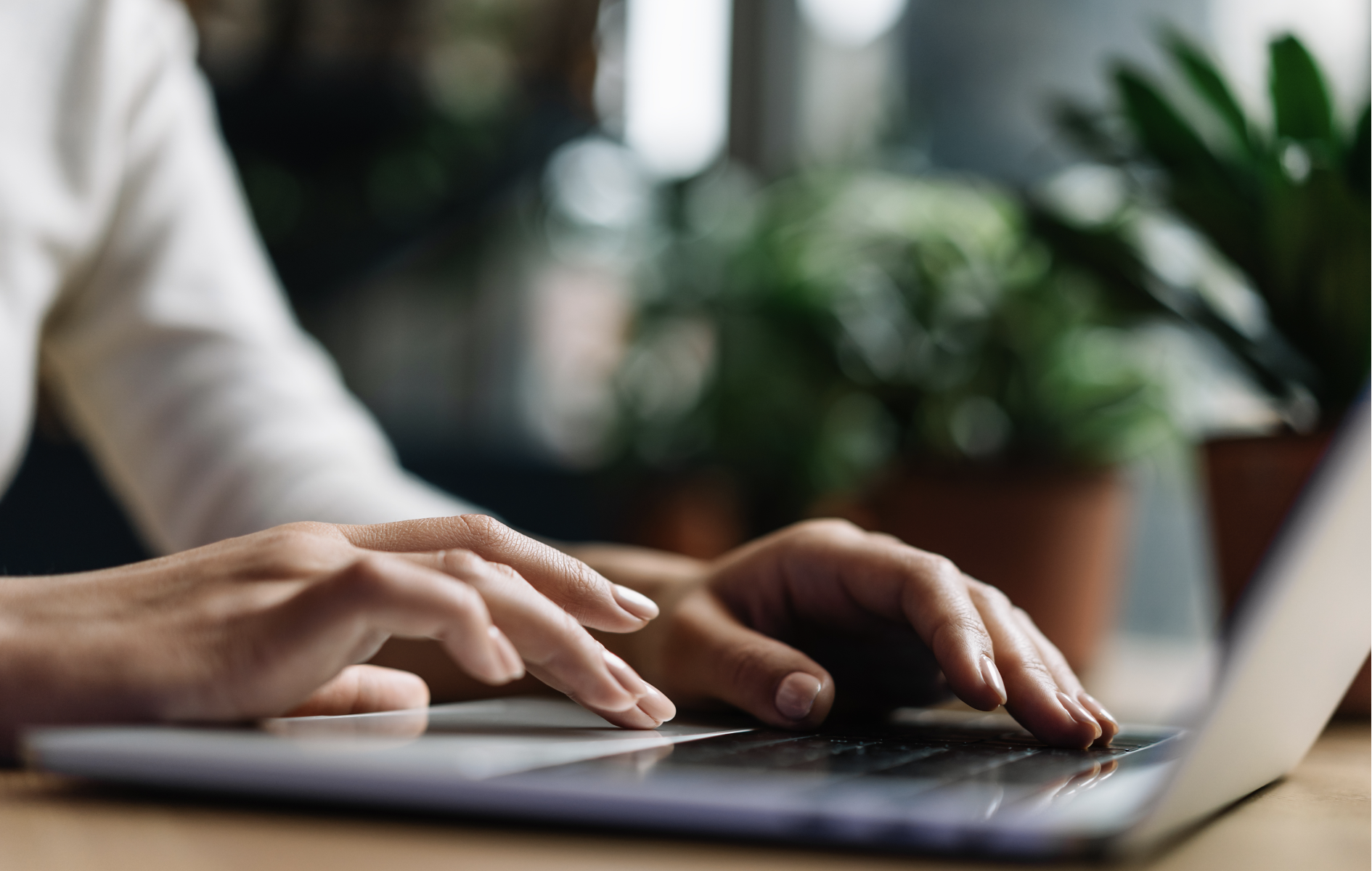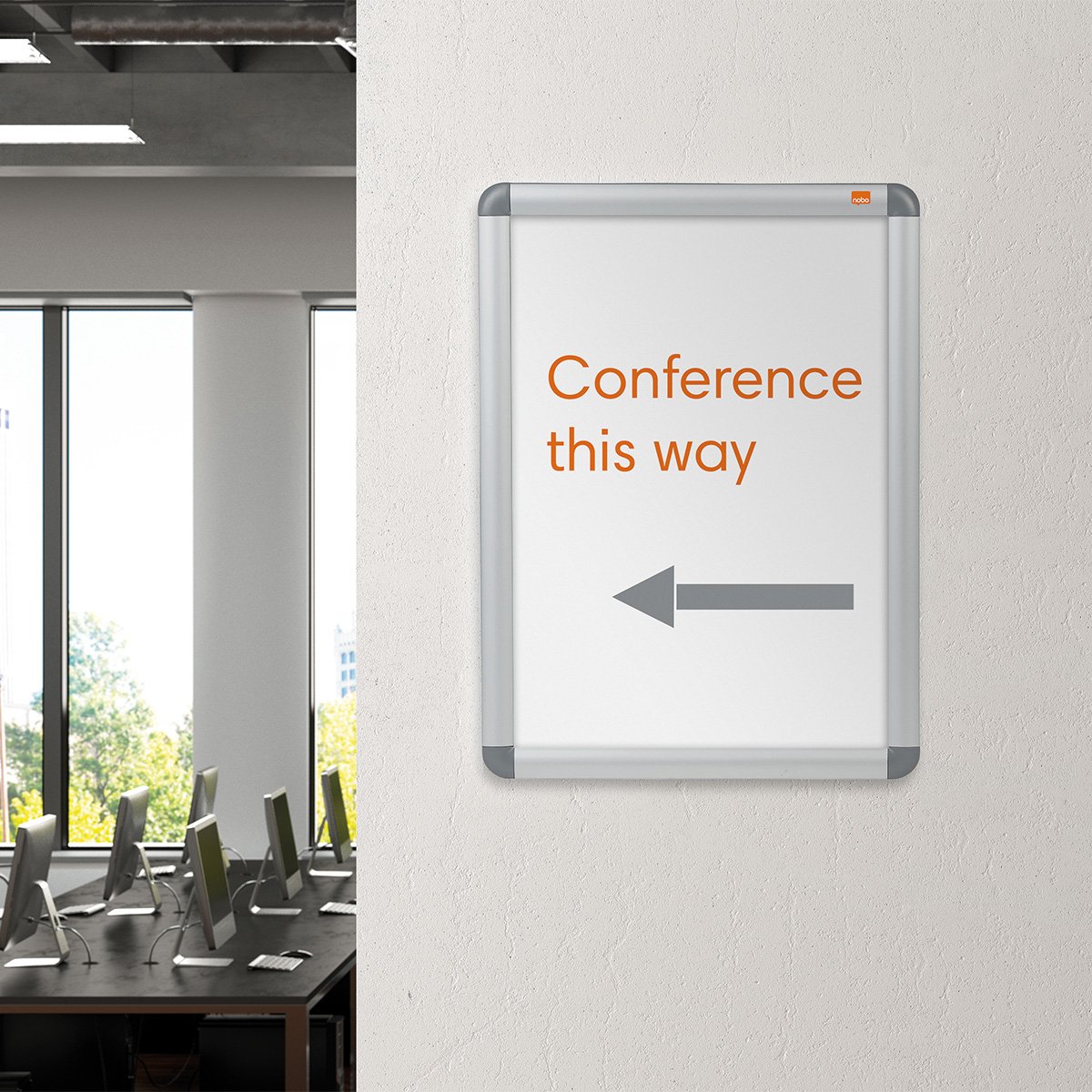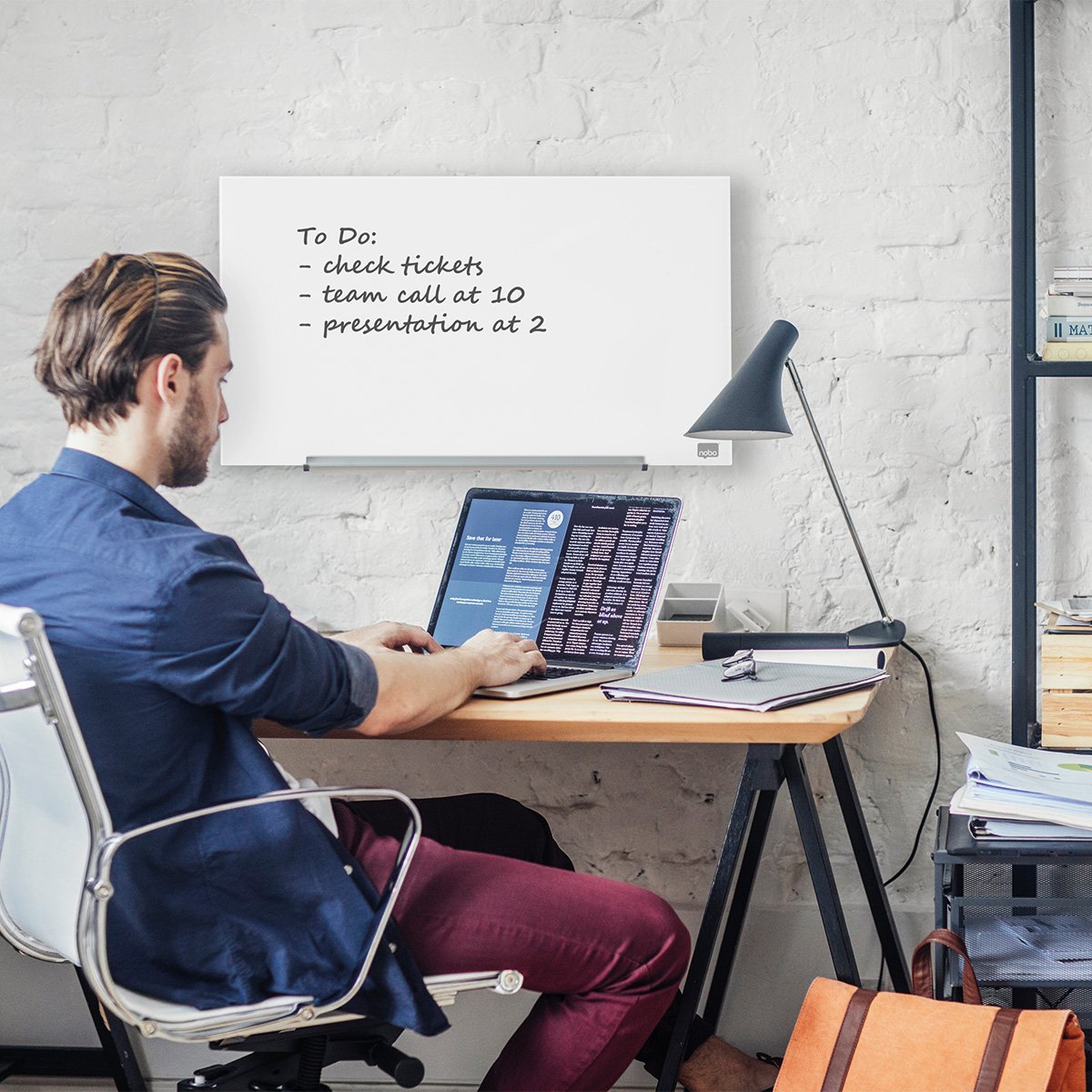How to Effectively Follow Up a Meeting
16.10.2023
An effective follow up of a meeting is a vital way of ensuring decisions and plans are communicated, and actions are completed. Below, we explain why following up on a meeting is so important and how you can properly and successfully follow up.
Why is it important to follow up the meeting?
A lot can be covered in one meeting. Following up on the meeting creates a record that attendees can refer back to, so they’re clear on what was covered and what actions came out of the meeting.
Without a follow up of the meeting, important details could be forgotten, and agreed tasks might not be completed. This could have a negative impact on productivity and even brand reputation.
A follow up of the meeting can also be useful for anyone that wasn’t able to attend the meeting. They’ll be able to find out what was discussed so they have all the relevant information they might need.
Using a follow up email after the meeting can also provide a thread for people to track progress on actions and feedback on when tasks have been completed or if there have been delays.
Best practices for the meeting to allow effective follow up
In order to effectively follow up on the meeting, there are some steps you should take during the meeting itself.
Take minutes
Electing one person in the meeting to take minutes is a useful tool to use when following up on a meeting. If you’re having regular meetings, you can either rotate the minute taker, or assign one person to take minutes every time. It can be helpful if the individual has taken minutes before, so they know how best to take minutes and what to include.
The minutes should summarise what topics have been discussed, who said what, and what actions were identified, with any deadlines that were noted. If there is a meeting agenda, this can be used as a template to take the notes, so it’s clear what was discussed when.
The minutes can be included in a follow up email after the meeting, but they shouldn’t be the only thing included. Whilst they can be useful to use as a reference, they might contain too much information for every meeting attendee, and key actions might get lost.
Identify actions and assign owners
It’s a vital part of every meeting to clearly identify actions and assign each action an owner, so people know what they’re responsible for after the meeting.
When potential actions arise in a meeting, discuss what will need to happen and the deadline that it will need to happen by. Identify the best person to take responsibility for each action and make sure they understand what will be required from them.
It might be that one action requires multiple people to complete it. Even in this case, only assign one owner. This makes it simple to follow up on and track the action and helps to avoid any confusion and replication of work.
Sometimes, the best person to own an action might not be present in the meeting. In this case, assign one person to communicate what will be required to the individual.
Take photos of collaborative work
Often in meetings, you will use whiteboards or a flipchart easel to take notes and brainstorm. These can be helpful in the meeting, as they give everyone a chance to clearly see what is being discussed.
However, it’s important that whatever notes are taken can be shared after the meeting in a follow up. Otherwise, you may have made useful and important notes and ideas that will get lost and forgotten after the meeting.
You can take photos of notes you take on whiteboards and then share these in a follow up meeting email. Or, if the notes aren’t clear enough, you can take photos and then assign someone to transfer the information into a document. This can be helpful for brainstorms, as you can retain the visual flow while ensuring every word is readable.
Summarise at the end of the meeting
At the end of the meeting, you should take a few minutes to briefly summarise what was discussed and decided, along with the actions. Tell people how and who will be following up on the meeting and when they can expect to receive the follow up.

How to follow up on a meeting
Create an action plan
One of the most important parts of a meeting follow up is to create an action plan. You should use the meeting notes as a basis to create your action plan. This document will show exactly what actions are to be taken, who will be responsible for them, and the timeline that they will need to be addressed and completed by.
You can also use the action plan to categorise actions, identifying which ones are urgent and which ones are less so. It can be helpful to make the document collaborative, so people can update it throughout the project with the status of their actions.
Share the meeting follow up
Once you have the meeting minutes and action plan, you will then need to share the follow up. The most common way of doing this is to send a follow up to the meeting email. If the meeting is related to an ongoing project, it could be helpful to create a dedicated message channel on Slack or Teams and use this for all communication, including the meeting follow up.
You should send the meeting follow up as soon as possible after the meeting - usually, this will be withing 24-48 hours, to allow for minutes and any other documents to be prepared.
Your follow up of a meeting should be sent to everyone who attended the meeting, as well as any other relevant parties who either weren’t able to attend or didn’t attend but might now be involved in an action.
Your meeting follow up should include the meeting minutes and action plan. You should also include a brief summary of the meeting, to refresh people’s memories of what was discussed and to inform those that weren’t present. If you took notes on a whiteboard, also include the photos or document version of these. If the meeting included a presentation, attaching the slides can also be helpful.
Meeting follow up email example
Subject: Follow up of [meeting topic]
Dear Team,
Thank you for taking the time to attend our meeting today. I appreciate your hard work and efforts in making it productive.
To follow up on the meeting, I would like to summarise the key factors that were discussed:
[bullet point list of the key discussion points]
The following actions were decided:
[bullet point list of actions and action owners]
I have attached an action plan document to help us work through these actions. [This document is collaborative and is saved in [folder].] Please use this action plan to keep everyone updated on the progress of your actions. If you come across any issues with completing the actions, please do let me know, so we can keep the team informed.
I have also attached the minutes and other documents that supported our meeting, for your reference.
Our next meeting will be held on [date] and I look forward to seeing you all then.
Best wishes,
[Name]
How to keep track when following up on the meeting
It’s important to not just send your meeting follow up and then not check in again until the next meeting, especially if there is a large gap between meetings. Keep track of what’s happening with your action plan.
If it looks like things aren’t being completed in the agreed time, reach out to your colleagues to see if there’s an issue. They might be dealing with an obstacle that requires input from the rest of the team, or it may be that they have just forgotten to update the document. Whatever the issue, help them to work through it and make sure the wider project team is kept informed.










